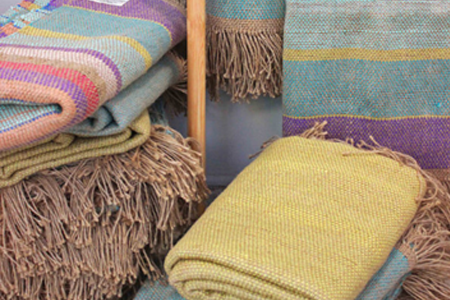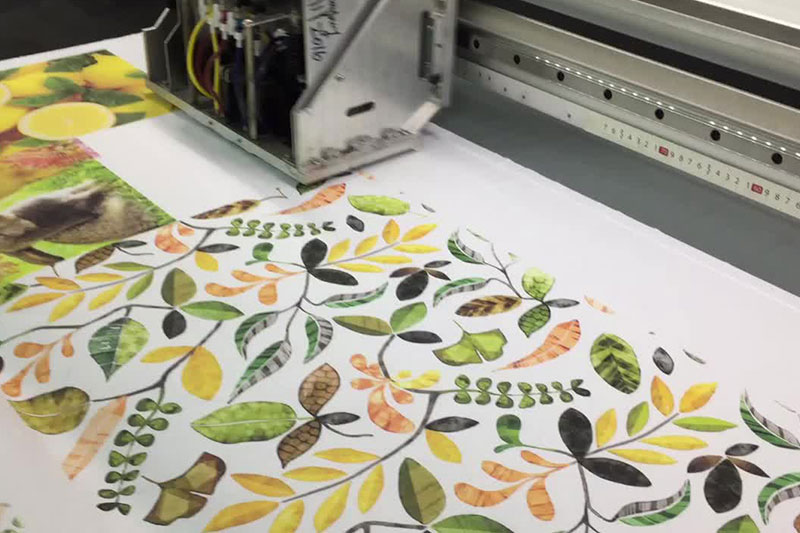Plastic Bags can be recycled into Fabric

Plastic bags are a major generator of greenhouse gases and hazardous waste.
Plastic takes around 300 years to degrade and are difficult and costly to recycle. They are used for packaging, containing goods such as eatables, chemicals, waste, magazines etc.
With the wide usage of plastic, with 40% only being used for a single time, they pose a major threat to Earth’s ecological system.
In order to make our Planet habitable for future generations it is imperative that sustainable options are adopted in the economy of textiles.
Reduce, reuse and recycle is the mantra for Plastic Waste.
Plastic bags between 500 billion and one trillion are thrown every year which end up in the landfill.

A Cairo-based design firm Reform Studio has come up with an innovative solution to transform the plastic bags into a fabric, with the intention of extending the life of all that old plastic.
This fabric is made by weaving plastic bags on a conventional Egyptian handloom. Also, the fabric also won the inaugural Ro Plastic Prize announced at Milan Design Week.
The final product made is washable and long lasting as well as it can keep out sand and dust.
Also, the small company has saved around 10,336 bags from the landfill and the designers have created a series of four different patterns plain, striped, zebra, and plaid that are all based on available quantities of recycled plastic bags.
They have used the material to manufacture furniture collections; including upholstering the chairs that can be found in many Egyptian coffee shops as well as other more contemporary chair designs with colorful Plastex.
The studio also launched a more general collection called “Re” that uses Plastex as its central material and includes high and low stools, benches, storage bags, and placemats.
Visit Gartex Texprocess India, a leading textile and garment exhibition in India, held at Pragati Maidan, New Delhi and Jio World Convention Centre, Mumbai, and learn about the latest technology, cutting-edge equipment, materials, and services in the industry.
More News
How to Start a Garment Manufacturing Business in India?
India’s textile and garment industry has always been a major contributor to the country’s economy, offering vast opportunities for entrepreneurs. With the…View More
How to Reduce Textile Waste in Garment Production?
Textile waste has become a growing concern in the garment industry, with significant environmental and economic impacts. As businesses and consumers become…View More
The Digital Transformation of Textile Production
The shift from traditional textile printing to digital fabric printing has unlocked a world of new possibilities for producers and designers alike.…View More
Recap of India’s Garment Industry in 2024: A Year of Growth and Transformation
As 2025 begins, India’s garment industry has experienced significant growth, overcoming challenges and embracing new opportunities in 2024. From technological advancements to…View More
Sustainable Textiles: Redefining the Future of Industry
The garment and textile industries are undergoing a major transformation. Long criticized for their environmental toll—ranging from excessive water use to reliance…View More
Download
Register Now
Recent Posts
Show Countdown
DELHI
Bharat Mandapam (Pragati Maidan), New Delhi, India
- days
- Hours
- Minutes
- Seconds
MUMBAI
Jio World Convention Centre, Bandra Kurla Complex, Mumbai






